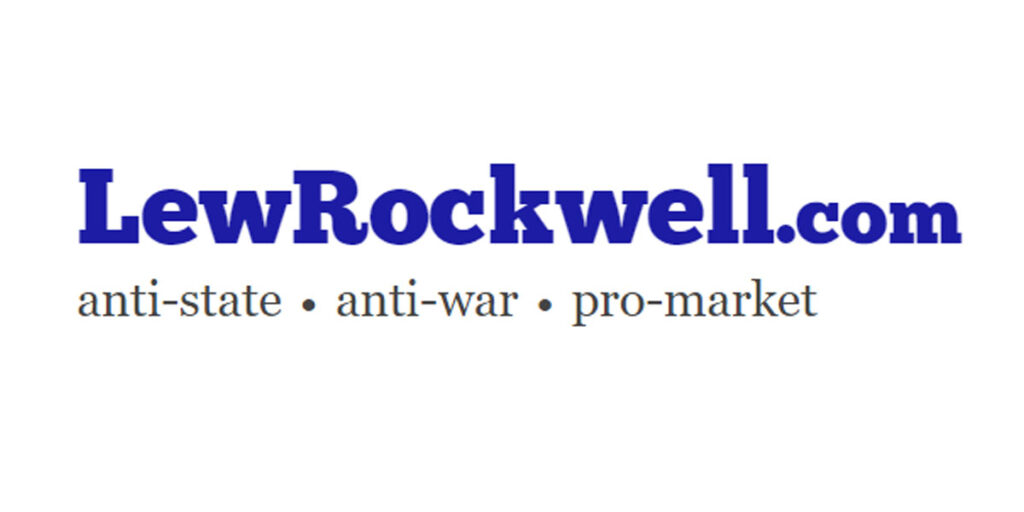The current landscape of American media is described as being filled with a number of biased figures, primarily left-leaning individuals, who play a notable role in shaping public perception. The piece opens with a critique of the portrayal of politicians, suggesting that Kamala Harris has become the media’s darling, while Donald Trump is unfairly demonized, even compared to historical figures like Hitler. This skewed bias extends into the editorial decisions made by prominent media outlets, where Trump’s actions are routinely characterized as malevolent, and Kamala’s statements and actions are framed in a positive light. Examples include edited segments designed to enhance Harris’s public speaking image, contrasted against negative narratives surrounding Trump, exemplified by certain journalists labeling him as a modern-day dictator.
The implication that American media is engaged in political propaganda is further explored, emphasizing a troubling alliance between media and the Democratic Party. The author notes how misinformation is propagated, particularly highlighting the media’s failure to hold the Harris-Biden administration accountable for their handling of immigration and the surge of illegal migrants entering the country since they took office in 2021. This failure of accountability draws attention to the discrepancies in reporting standards applied to different political figures, suggesting that the role of journalism has deteriorated into activism rather than objective reporting. The piece argues that many self-identified journalists lack integrity and are instead driven by political agendas.
Moreover, the narrative broadens to discuss the tangible consequences of government policies under Harris and Biden, with significant increases in illegal immigration causing pressure on local communities. The author points out how certain towns are experiencing overwhelming changes due to the influx of migrants, portraying the lack of governmental response as a critical failure. In contrast, Trump receives relentless scrutiny, being framed as a fascist while his critics avoid addressing the real issues caused by current administration policies. The author’s outrage at this perceived hypocrisy is palpable, as they implore readers to recognize the systemic failings that exacerbate national discord and shift focus toward media-driven narratives.
As the analysis transitions to the forthcoming election, the author expresses skepticism about Trump’s chances amid overwhelming opposition, not only from the media but also from the entertainment industry and other powerful entities. The author goes as far as to draw parallels between the current political climate and the lead-up to the Iraq War, suggesting that people in positions of influence—including trusted figures like William Buckley—can be misled by propaganda. There’s a pronounced sentiment of disillusionment, as the author grapples with the implications of a media narrative that continues to spiral into falsehoods rather than seeking the truth.
The author strongly critiques the methods by which networks report on elections, anticipating claims of fraud if Trump succeeds while ignoring any irregularities if Kamala triumphs. This perceived bias is inundated with a sense of urgency, inviting readers to recognize the troubling implications of a media landscape that appears to operate more as a guardian of a specific political agenda than as a pillar of democratic engagement. The backdrop of an electoral process marred by systemic bias is painted against a hurried sense of impending doom, as citizens head to the polls with a media narrative already primed to shape their perceptions.
In conclusion, the piece posits that the relationship between the media and politics in America has devolved into a dangerous cycle of propaganda and misinformation. The disparities in accountability, reporting practices, and the failure to accurately represent the realities surrounding immigration are emblematic of a broader deterioration in journalistic standards. As the election looms, the author implores readers to remain vigilant and critical of the narratives pushed by mainstream media, highlighting a divisive atmosphere that portends not just electoral outcomes, but the health of democratic processes themselves. The piece serves as both a lament for journalistic integrity and a call to action against an increasingly fractured media landscape.

